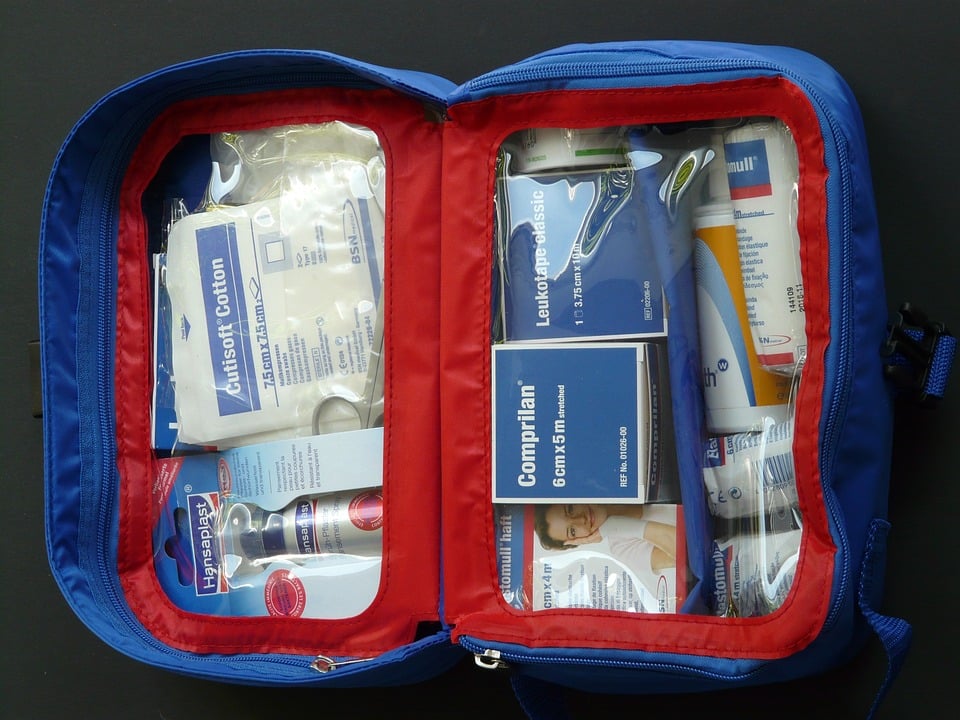One way to plan for an emergency is to ensure that each member of the family has enough supplies at home or in the car to meet their needs for at least three days. You can assemble these family kits as part of a preparedness activity. You should inspect your kits from time to time to ensure that their contents are up-to-date. Nobody wants to open their kit in a time of need only to discover that all of the food inside is spoiled.
For optimal preparedness, each family member should have two kits—one for home, one for the car. The car kit is especially important if you spend a lot of time on the road. The home kit won’t do you much good if you are traveling and can’t access it.
As you build your kit, here are critical items to include:
- Water to last for three days. The minimum is one gallon of water per person per day (for drinking and personal hygiene).
- Non-perishable food to last for three days. This could include protein bars, easy-to-open canned goods, fruit snacks, crackers, etc.
- Medication (a 3-day supply)
- Important family documents such as insurance policies, ID, insurance cards, and bank account records (stored in a waterproof container)
- Extra clothing and blankets
- First aid kit
- Cell phone with power bank or chargers
- Flashlight with spare batteries.
- Battery-powered or hand-crank radio (so that you can listen to emergency broadcasts)
- Whistle or something to signal for help with (allows rescuers to locate you in places that are hard to navigate)
- Moist towelettes or wipes and a plastic bag
- Family emergency contact information
- Cash
Make sure that you keep your emergency kits in a handy place in case you need to make a quick exit from your home or vehicle.

